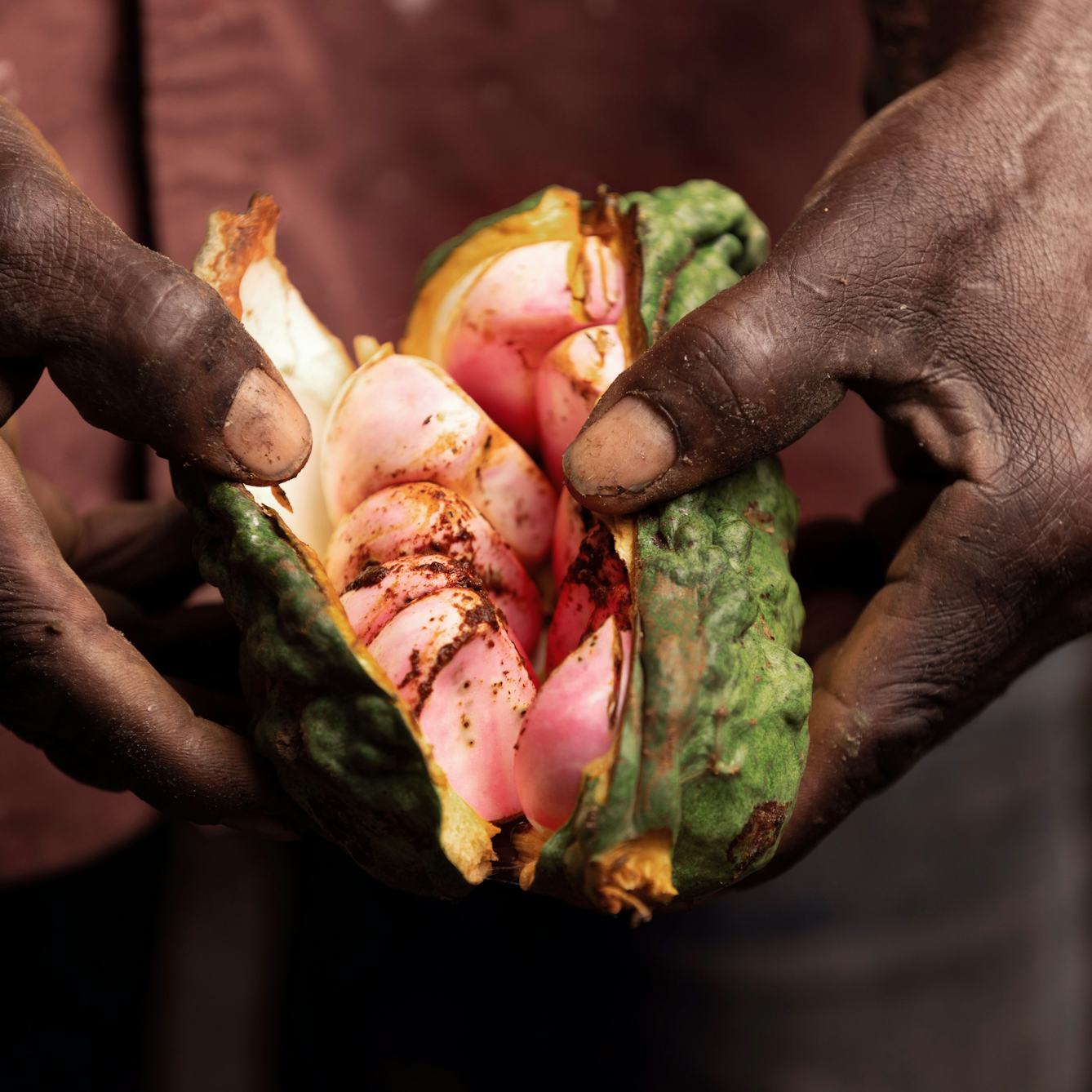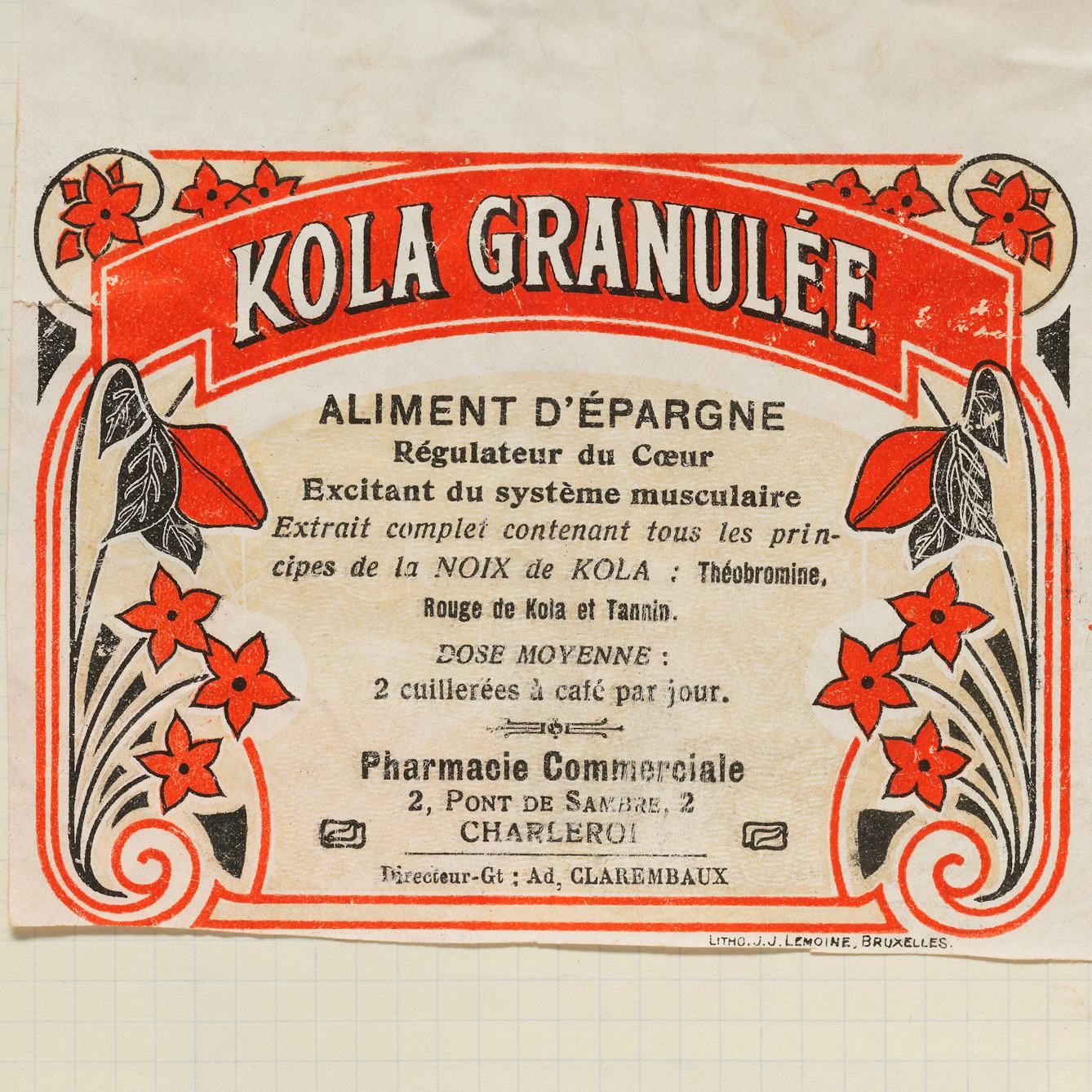For centuries, the kola nut has been cherished in West Africa for its potent medicinal benefits and cultural significance. So how did this revered nut transcend its local roots to become a cornerstone ingredient in one of the world's most iconic soft drinks?
In this collection, we get up close and personal with the kola nut.
Take a look at close-up imagery of the kola nut to better understand its unique physical appearance, various life stages and many health-enhancing properties. Hear from experts across Ghana sharing traditional knowledge on cultivating, selling, and utilising the kola nut for better health in today's interconnected world. And explore how a surprising mix of colonialism, 19th-century science and consumerism led to the transportation, extraction and reinvention of the kola nut.






